The sound of singing and chanting in the rhythm of the sênh and bàch, sometimes hearty, sometimes passionate... For many years now, that sound has been regularly and enthusiastically rising up to drown out the sound of the waves in My Nghia village, My Dong ward, Phan Rang - Thap Cham city, Ninh Thuan province. A couple of times a year, before each big festival of the coastal people, fishermen temporarily put down their oars and nets, gather in front of the village communal house, put on their ceremonial clothes, and practice enthusiastically. The singing melody has been carried along since the time when our ancestors boarded boats to cross the sea to establish villages and hamlets, through many events and ups and downs, and now continues to be preserved and passed down by the coastal villagers.
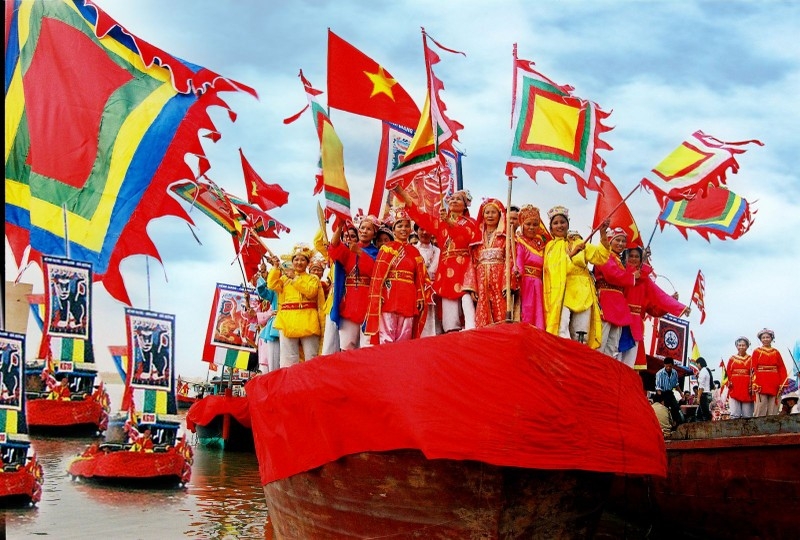 |
Exciting fishing festival at the beginning of the year. |
1/ The American people often call the song "ba trao". As the elders here explain, "ba" is a mispronunciation of "bach", meaning hundreds. "Trạo" means rowers. As for some other coastal areas from Quang to Binh Thuan , people call it "ba trao", meaning "ba", meaning to hold the oars firmly. Watching the practice or when performing in each festival, we see that all the names are conventional and reasonable. Because when performing the song, the rowers are indispensable. The "ba trao" singing team can range from about 20 to 30 members, but the rowers, called "trao quan" in the performance, must always be an even number to ensure balance. These "trao quan" both play the role of simulating a boat crossing the sea and also supporting and singing according to the lead of the three chiefs, vividly recreating the space of fishermen working at sea. Each character’s position in the Ho Ba Trao performance harmoniously uses folk art forms such as acting, chanting, speaking, and lamenting to depict a life full of hardships, difficulties, and dangers on the water. Each layer of the Ho melody is both nostalgic and compassionate in a solemn space of ritual but also carries the appearance and confidences of the very ordinary life of a fisherman.
2/The boat crew still mentions the old boat crew captain Vo Khoi Vien. Just like other fishermen in the village, each boat song and dance has been ingrained in his blood and mind since he was a young boy following his father to the communal house to watch performances, and later, he became one of the few so-called “young” people who understood, knew and performed the boat song best in the area.
In Vien's story, the "Ba Trao" tune from his childhood memories is no different from that of elders like Mr. Nguyen Hoa. "Ba Trao", despite the many years that have passed, still retains its original atmosphere. Vien often goes over to talk to the elders, those of his father's and uncle's generation who sang "Ba Trao" in the village. As Mr. Hoa remembers, the age of the "Ba Trao" tune is even older than the age of the village. The origin of the "Ba Trao" tune followed people who came here by boat from Quang Nam. Many generations of people have passed through, many ups and downs, the "Ba Trao" tune, although it has changed somewhat, has never been lost. Some time after we arrived in My Nghia, the captain of the "Ba Trao" team, Vo Khoi Nguyen, became a monk. But whenever there was a festival, the monk was still present, both to perform the ceremony and to help the "Ba Trao" team, teaching the next generations how to sing.
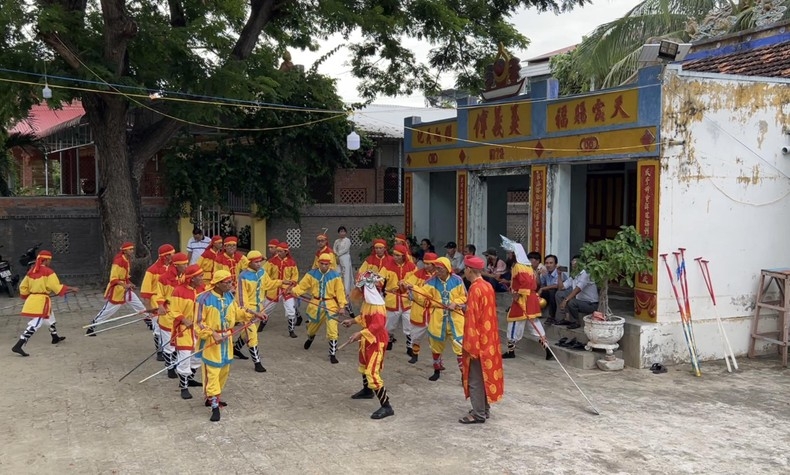 |
3/We went to the house of Uncle Sau, a true fisherman, also a “top” leader of the singing team as the villagers called him. Uncle Sau is the only person in the village who still keeps the handwritten copy of the “ho ba trao” song left by his father. The handwritten copy is old, the handwriting is fading, but he still keeps it like a treasure. He said he keeps it so that the next generation can know about the cultural beauty of his hometown’s fishing village. The notes can be lost, the ink will fade over time. But what is passed down through feelings, through seeing and hearing, continues quietly like an endless flow.
The people of My Nghia village preserve and teach the folk songs mostly in that way. The fishermen who have experienced the storms of the sea, how many have time to sit and look at the lyrics and learn to sing properly. Just listen to each other sing, learn from each other to dance, the old teach the young, the young teach the younger, and so the folk songs are so long, so many layers, sometimes hearty, sometimes passionate, sometimes reciting, sometimes like a conversation... that everyone knows by heart. Following the rhythm of the boat captain, the rhythm is steady, sometimes resounding in unison.
4/At the meeting of the rowing team, it is easy to see that besides the faces that have been marked by the storms, there are also young faces. The boys are only 10 - 11 years old, the age when they are still busy playing and fooling around, but when called to practice, they are all eager, happy and proud to be the rowers, to hold the oars, to sing as assistants. The older boys have practiced more and have become proficient in rowing and familiar with the rituals. The younger boys just watch and practice, both interesting and nervous. Mr. Vo Van Hung is now the captain of the village's rowing team, also the teacher of the youth rowing team, both knocking and correcting the movements of each boy. The singing voices of the children do not yet have the boldness of a voice that can overcome the wind and waves, do not yet have the excitement and passion to overcome the storms of the sea, nor do they have the fluttering nostalgia of the days of drifting on the waves. The boys cannot yet take on important positions such as captain, captain, and captain in the singing team, because their singing voices are still young, because of their performance ability, and because they lack experience. But the unison of their youth sounds both bustling and full of vitality for the future ahead.
Ho ba trao originates from the life of fishermen, simulating life through lyrics, music, and dance. Those who sing ba trao are also fishermen who have endured the hardships of the sun and rain, weathered the wind and waves, and drifted on the ocean. This helps the joy and enthusiasm of the coastal people to be sacredly conveyed and fully expressed through the lyrics and each melody of the ho ba trao. Perhaps, only when living by the sea, attached to the sea, facing the roar of the waves, the howling wind in the cold night, in the vast space of the sea, can one fully feel and appreciate the meaning of the openness and intimacy, the sacredness and excitement of the ho ba trao.
Leading us through the village, Mr. Hung said that My Nghia village has changed a lot. In the old village, the sea channel ran close to the house, with boats coming and going. Over time, the old land gradually silted up, the village gradually retreated inward, now a few kilometers from the sea. But the villagers still maintain the fishing profession passed down from their ancestors. In the communal house yard, the boating practice sessions continue, even at night. Waiting for the spring to come, the Nghinh Ong festival, these oars, wine jars, and fishing rods will perform the best singing performances in the hands of the fishermen. It is a song of gratitude to the god of the South Sea who guided the boat through the storms, a song of thanks to the tolerant mother sea. It is also a song of fellow boatmen sharing their lives at sea, hoping for a day of returning home warm and peaceful.
Source link



![[Photo] More than 17,000 candidates participate in the 2025 SPT Competency Assessment Test of Hanoi National University of Education](https://vphoto.vietnam.vn/thumb/1200x675/vietnam/resource/IMAGE/2025/5/17/e538d9a1636c407cbb211b314e6303fd)


![[Photo] Prime Minister Pham Minh Chinh chairs meeting on science and technology development](https://vphoto.vietnam.vn/thumb/1200x675/vietnam/resource/IMAGE/2025/5/17/ae80dd74c384439789b12013c738a045)
![[Photo] Readers line up to visit the photo exhibition and receive a special publication commemorating the 135th birthday of President Ho Chi Minh at Nhan Dan Newspaper](https://vphoto.vietnam.vn/thumb/1200x675/vietnam/resource/IMAGE/2025/5/17/85b3197fc6bd43e6a9ee4db15101005b)
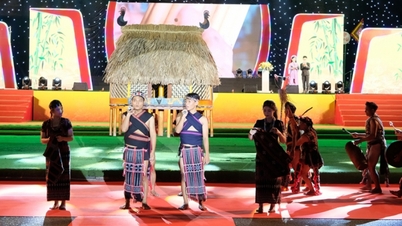

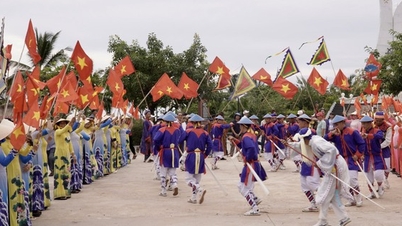

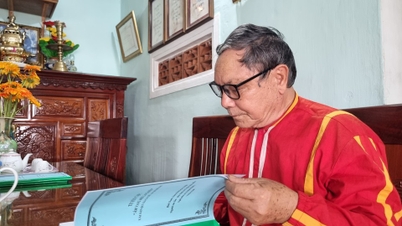

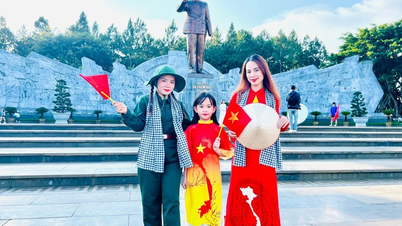

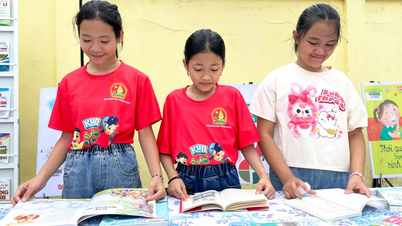
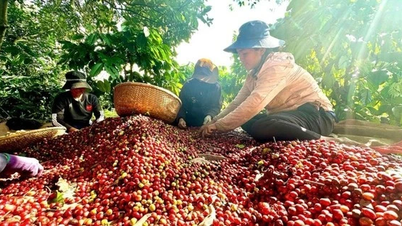
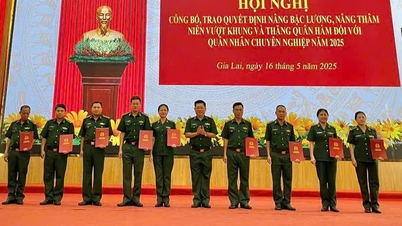
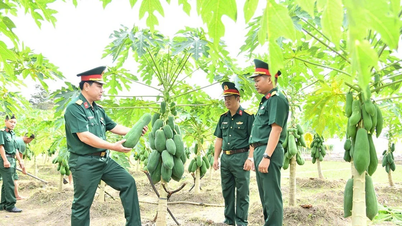





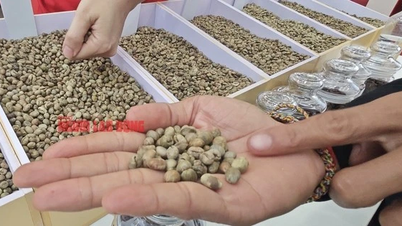

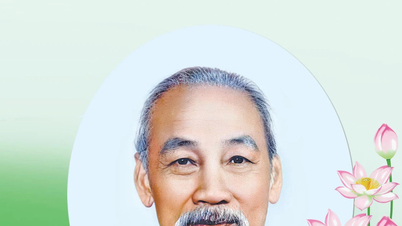

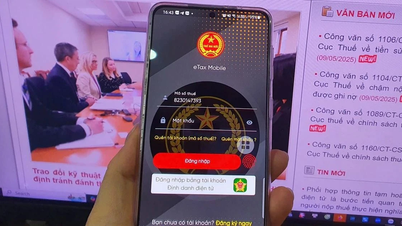
![[Photo] Nearly 3,000 students moved by stories about soldiers](https://vphoto.vietnam.vn/thumb/1200x675/vietnam/resource/IMAGE/2025/5/17/21da57c8241e42438b423eaa37215e0e)



















































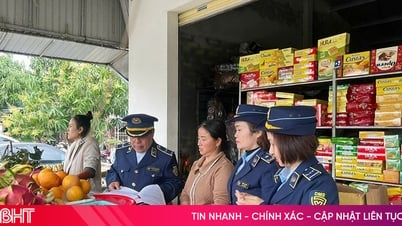
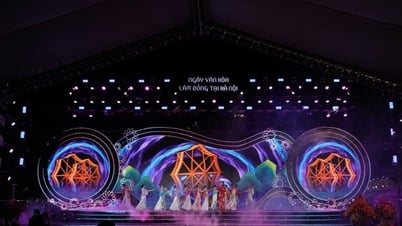


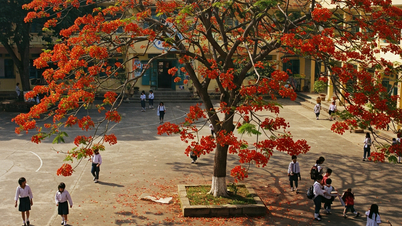

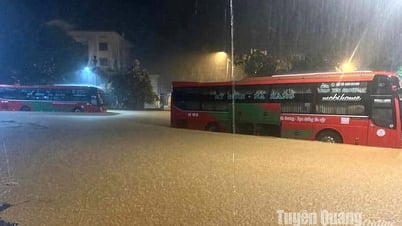

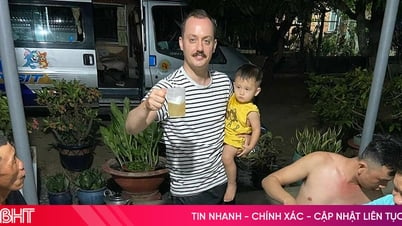









Comment (0)